“Field biologists are, on the whole, a guild of extraordinary people—smart, passionate, patient, congenial, and physically as well as intellectually tough.” – David Quammen, The Reluctant Mr Darwin
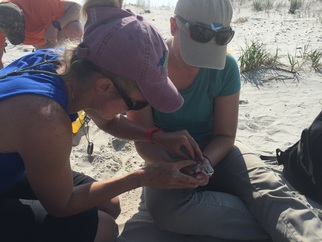 Michelle places a radio transmitter on a piping plover, assisted by fellow Ph.D. student Alison Kocek. Radio-tracking these threatened birds will allow Michelle to better understand how habitat changes and predators affect their population. She has documented interesting, unexpected movements within single breeding seasons.
Michelle places a radio transmitter on a piping plover, assisted by fellow Ph.D. student Alison Kocek. Radio-tracking these threatened birds will allow Michelle to better understand how habitat changes and predators affect their population. She has documented interesting, unexpected movements within single breeding seasons. Alison Kocek accompanied me to visit Michelle Stantial in southern New Jersey. Michelle's study species is the piping plover, a threatened shorebird that has climbed from low numbers along much of the Atlantic Coast thanks to protections from human disturbance and predators. In New Jersey, however, the species is still not increasing despite intensive management efforts, and Michelle is working to understand why. She and her crew must cover an 80-mile long study area each week, because piping plovers nest in a few widely-separated locations in the state. On a given day her team may be banding birds, hiking for miles to look
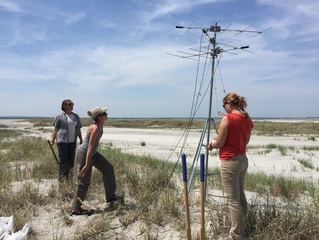 Michelle inspects a recently-raised telemetry tower with her field assistant Rebeca, as Alison sets up a guy wire. These stations will remotely log the locations and movements of piping plovers, providing important information on habitat use and travel distances.
Michelle inspects a recently-raised telemetry tower with her field assistant Rebeca, as Alison sets up a guy wire. These stations will remotely log the locations and movements of piping plovers, providing important information on habitat use and travel distances. 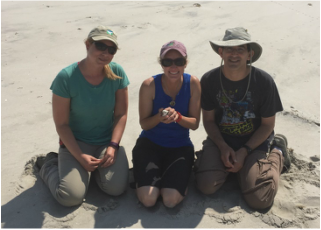 Alison, Michelle, and Dr. Cohen finish placing a radio-tag on a piping plover female
Alison, Michelle, and Dr. Cohen finish placing a radio-tag on a piping plover female 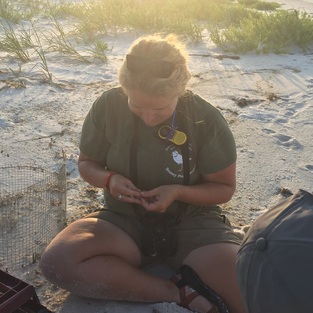 Maureen places an extremely tiny radio-tag on a snowy plover chick. This technique has helped her to identify the cause of mortality for many of these vulnerable young birds.
Maureen places an extremely tiny radio-tag on a snowy plover chick. This technique has helped her to identify the cause of mortality for many of these vulnerable young birds. Ph.D. student Maureen Durkin and her crew drive at a crawling 10 mph along 14 miles of road nearly every day for five months, recording roadkills of the imperiled snowy plover, least tern, and many other wildlife species at Gulf Islands National Seashore in coastal Florida. Maureen is studying the factors affecting reproductive success and population growth of snowy plovers, which are considered threatened in Florida, at a site where they are struggling to persist. In an already difficult environment, the threat of being run over on the paved road that runs the length the site creates an especial challenge for nesting birds and their chicks. Maureen is working with park officials to test strategies for conservation, including
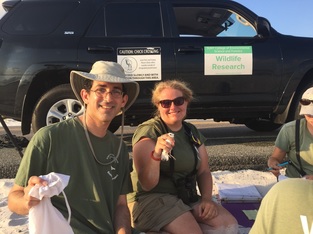 Dr. Cohen and Maureen work with her field crew to band snowy plovers. Each day the team carefully searches miles of habitat for the banded birds, to learn about survival, movements, and reproductive success.
Dr. Cohen and Maureen work with her field crew to band snowy plovers. Each day the team carefully searches miles of habitat for the banded birds, to learn about survival, movements, and reproductive success. 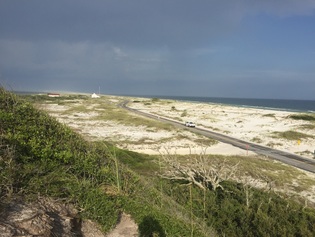 A stretch of road at Gulf Islands, which runs through miles of habitat including sensitive bird-nesting areas. Maureen and her team drive the road through the Fort Pickens and Santa Rosa Units of the Seashore each day to document wildlife road mortality.
A stretch of road at Gulf Islands, which runs through miles of habitat including sensitive bird-nesting areas. Maureen and her team drive the road through the Fort Pickens and Santa Rosa Units of the Seashore each day to document wildlife road mortality. 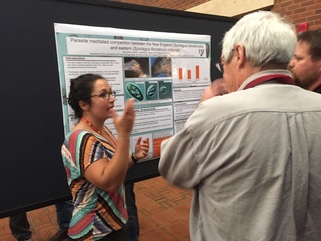 Sam describes her study, "Parasite meditated competition between the New England and eastern cottontail," at the American Society of Mammalogists conference.
Sam describes her study, "Parasite meditated competition between the New England and eastern cottontail," at the American Society of Mammalogists conference. Ph.D. student Amanda Cheeseman and M.S. student Samantha Mello spend their days in the woods of the lower Hudson Valley of New York, where they study the elusive New England cottontail. The only cottontail rabbit native to eastern New York and New England, this once widespread species has dwindled to low numbers in a few remnant strongholds. The decline has been spurred by loss of young forest and shrubland, shifting predator communities, and competition from the non-native eastern cottontail which uses similar habitat. I met the two grad
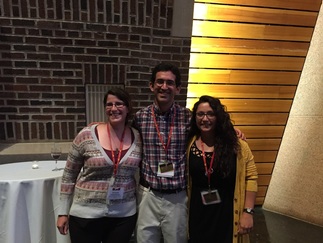 Amanda, Dr. Cohen, and Sam at the ASM conference closing banquet. The conference included 5 days of presentations with topics ranging from the evolutionary history of rodents and bats to the spread of coyotes in modern-day New York City. Amanda and Sam were among the very few researchers at ASM focused on lagomorphs, which are rabbits and their kin.
Amanda, Dr. Cohen, and Sam at the ASM conference closing banquet. The conference included 5 days of presentations with topics ranging from the evolutionary history of rodents and bats to the spread of coyotes in modern-day New York City. Amanda and Sam were among the very few researchers at ASM focused on lagomorphs, which are rabbits and their kin. 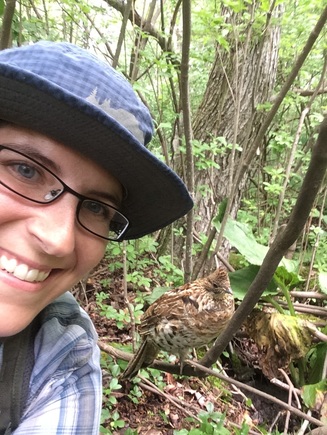 Unexpected companion: a strangely tame ruffed grouse follows Amanda around her field site one day.
Unexpected companion: a strangely tame ruffed grouse follows Amanda around her field site one day. When not she is not hauling sledfuls of heavy traps up a mountainside in snowshoes or pushing through miles of thorns and poison ivy to check traps or track rabbits, Amanda takes time during the field season to write manuscripts and grants, and to conduct outreach with local conservation and landowner groups. She works hard to try and promote sound management for New England cottontails and other young forest wildlife, and the state wildlife agency often looks to her for advice when planning restoration projects.
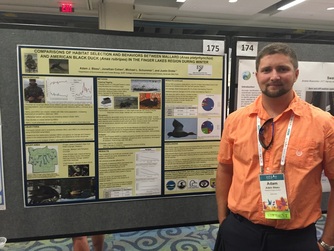 Adam with his poster on factors affecting site use by American black ducks and mallards in the Finger Lakes of New York in winter. Adam and Justin study the potential effects of mallards on winter and spring habitat use and behavior of American black ducks. Justin uses satellite tracking to compare migration timing of the two species. Their results will help waterfowl managers develop strategies to benefit the black duck in a landscape now dominated by mallards.
Adam with his poster on factors affecting site use by American black ducks and mallards in the Finger Lakes of New York in winter. Adam and Justin study the potential effects of mallards on winter and spring habitat use and behavior of American black ducks. Justin uses satellite tracking to compare migration timing of the two species. Their results will help waterfowl managers develop strategies to benefit the black duck in a landscape now dominated by mallards. In Mid-August much of the Cohen Lab attended The North American Ornithology Conference, where over 2,000 scientists from across the continent convene once every 4 years to present their work on all aspects of bird biology and conservation. I had the pleasure of accompanying seven of my students, my post-doc Abby, and my collaborator Dr. Michael Schummer with whom I co-advise two students. M.S. students Justin Droke and Adam Bleau presented posters on winter and migration interactions between mallards, which are not native to the northeastern US, and American black ducks, a species that has seen a steep population decrease in the last half-century.
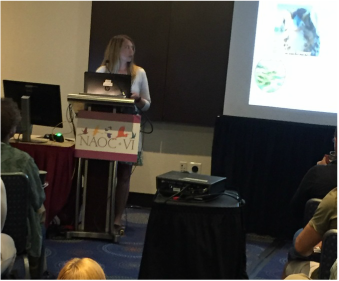 Alison talks about the unexpected behavioral flexibility in nest site choice by saltmarsh sparrows she found in data collected across the species' range by a multi-University, multi-agency consortium.
Alison talks about the unexpected behavioral flexibility in nest site choice by saltmarsh sparrows she found in data collected across the species' range by a multi-University, multi-agency consortium. 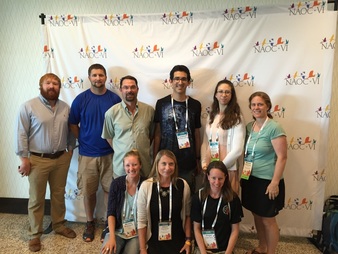 The Cohen lab and collaborator at NAOC. Back row from left: Justin Droke, Adam Bleau, Dr. Michael Schummer, Dr. Cohen, Melissa Althouse, Michelle Peach. Front row from left: Michelle Stantial, Alison Kocek, Abby Darrah
The Cohen lab and collaborator at NAOC. Back row from left: Justin Droke, Adam Bleau, Dr. Michael Schummer, Dr. Cohen, Melissa Althouse, Michelle Peach. Front row from left: Michelle Stantial, Alison Kocek, Abby Darrah 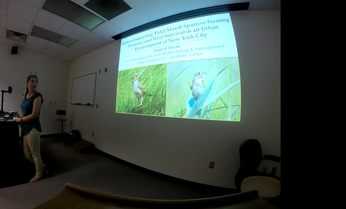 Alison begins her Master's capstone seminar.
Alison begins her Master's capstone seminar. As the summer winds down, the members of the Cohen lab do not let up. September saw the impressive performance of Alison Kocek in defending her Master’s thesis on factors affecting presence and nesting success of saltmarsh sparrows and seaside sparrows in the highly urbanized and fragmented salt marshes of New York City. Alison became a Ph.D. student after working for two years on
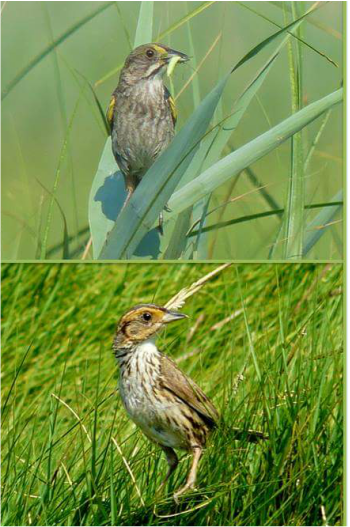 Seaside sparrows (above) and saltmarsh sparrows (below) rely 100% on salt marshes. Seaside sparrows nest in the lower elevation part of the marsh but high in the marsh grass. Saltmarsh sparrows nest at higher elevation parts of the marsh, but lower to the ground. They are therefore vulnerable to losing their nests during the highest tides of the month. Sea level rise is expected to increase the rates of nest flooding, threatening the continued existence of the species.
Seaside sparrows (above) and saltmarsh sparrows (below) rely 100% on salt marshes. Seaside sparrows nest in the lower elevation part of the marsh but high in the marsh grass. Saltmarsh sparrows nest at higher elevation parts of the marsh, but lower to the ground. They are therefore vulnerable to losing their nests during the highest tides of the month. Sea level rise is expected to increase the rates of nest flooding, threatening the continued existence of the species. In my years as an assistant professor, my good fortune in the people who came to work with me never appeared to end. They are indomitable field biologists, avid conservationists, prolific writers, and globe-traveling ambassadors for their projects, their lab, and their school. They have supported each other and me in ways I hope I have repaid. So thanks to all of you, and I look forward to what the next six years will bring!
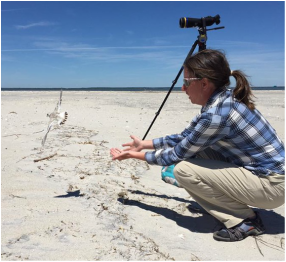
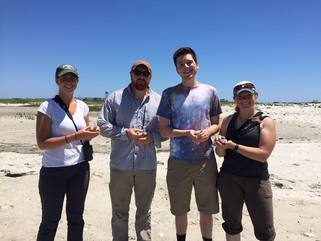
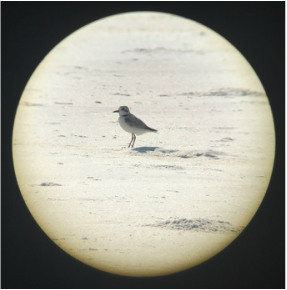
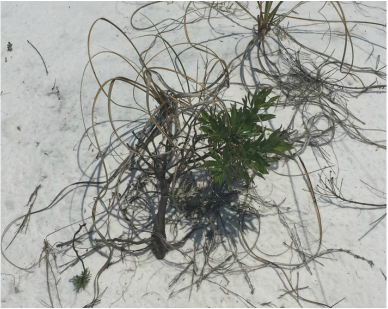
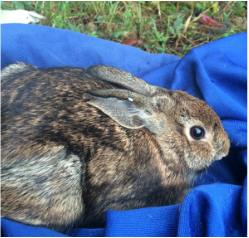
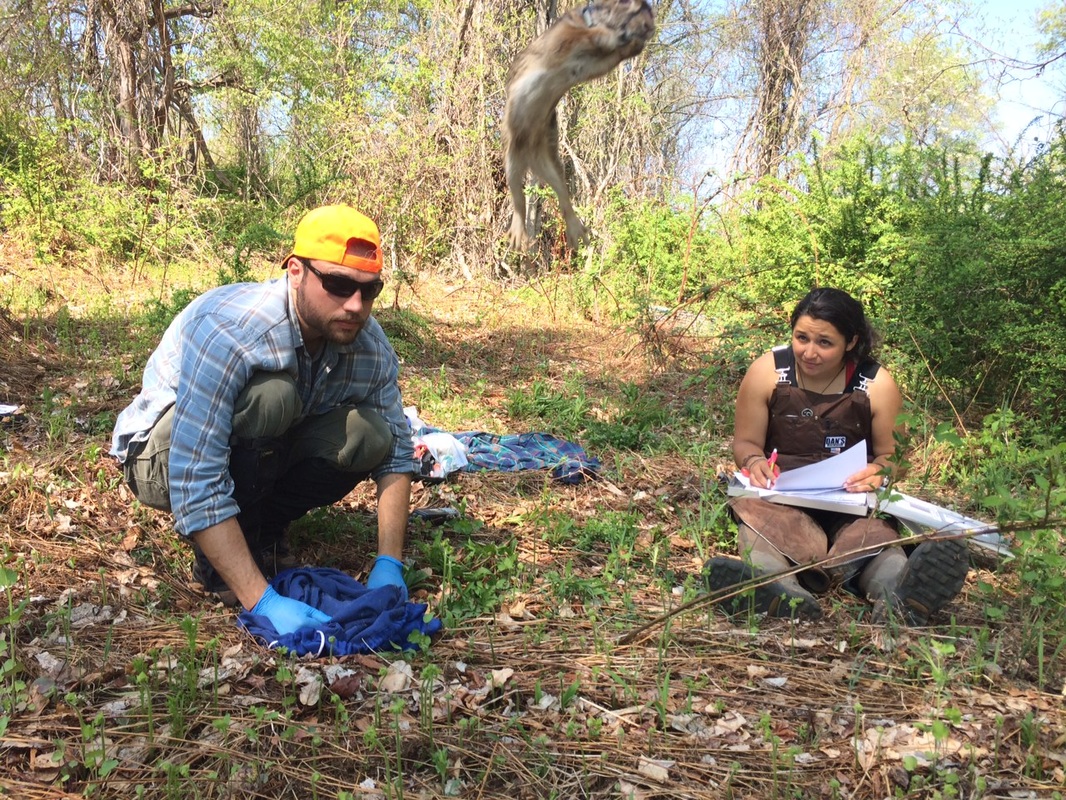
 RSS Feed
RSS Feed
